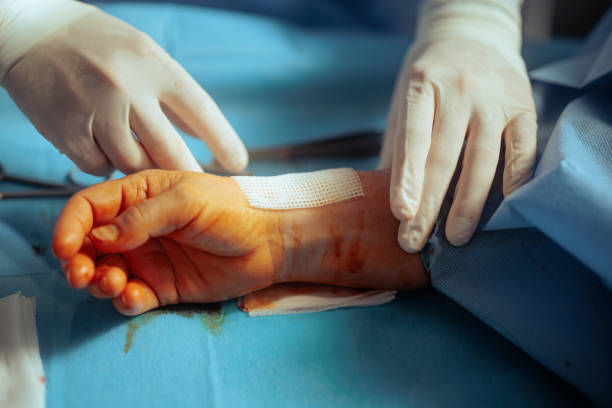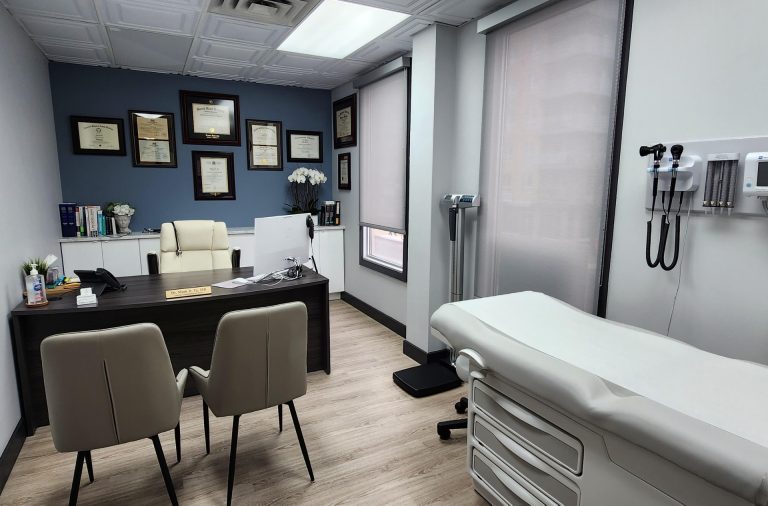Burn Wounds: Essential Care Tips and Best Treatments
Burn wounds are among the most painful and potentially serious injuries that can affect the skin and underlying tissues. Whether caused by heat, chemicals, electricity, or radiation, proper care and treatment are crucial to minimize damage, reduce pain, and promote healing. This article will explore essential care tips for managing burn wounds and highlight the best treatments available to ensure optimal recovery.
Understanding Burn Wounds
Burn wounds vary in severity, ranging from minor first-degree burns to more severe third-degree burns. Understanding the type of burn you’re dealing with is essential for providing appropriate care:
- First-Degree Burns: These are superficial burns affecting only the outer layer of the skin (epidermis). Symptoms include redness, mild swelling, and pain, similar to a sunburn.
- Second-Degree Burns: These burns extend into the second layer of skin (dermis) and may cause blisters, severe pain, and swelling. The affected area may appear red, white, or splotchy.
- Third-Degree Burns: These are severe burns that penetrate all layers of the skin and may affect underlying tissues. The area may appear white, blackened, or charred, and there may be numbness due to nerve damage.
Essential Care Tips for Burn Wounds
1. Cool the Burn Immediately
The first step in treating a burn wound is to cool the affected area. Run cool (not cold) water over the burn for 10 to 20 minutes to reduce heat, alleviate pain, and prevent further damage. Avoid using ice, as it can cause additional tissue damage.
2. Clean the Burn Gently
After cooling the burn, gently clean the area with mild soap and water. This helps remove any dirt or debris that could lead to infection. Pat the area dry with a clean cloth or sterile gauze. Avoid scrubbing the burn, as this can irritate the skin and delay healing.
3. Protect the Burn
Once the burn is clean, cover it with a sterile, non-stick bandage or dressing to protect the wound from infection and further injury. For minor burns, a simple adhesive bandage may suffice. For larger or more severe burns, consider using specialized burn dressings that provide a moist environment conducive to healing.
4. Manage Pain
Burn wounds can be extremely painful. Over-the-counter pain relievers such as ibuprofen or acetaminophen can help alleviate discomfort. Applying a cool, damp cloth to the burn area can also provide temporary relief.
5. Avoid Popping Blisters
If blisters form on the burn wound, it’s important to avoid popping them. Blisters protect the underlying tissue and reduce the risk of infection. If a blister does break, clean the area gently and apply an antibiotic ointment to prevent infection.
6. Keep the Burn Moist
Moisturizing the burn wound is essential to prevent dryness, cracking, and scarring. After cleaning the burn, apply a thin layer of antibiotic ointment or a specialized burn cream to keep the area hydrated. This not only promotes faster healing but also reduces discomfort.
7. Monitor for Signs of Infection
Even with proper care, burn wounds are susceptible to infection. Monitor the wound closely for signs such as increased redness, swelling, warmth, or pus. If you notice any of these symptoms, seek medical attention promptly to prevent the infection from spreading.
Best Treatments for Burn Wounds
1. Topical Antibiotics
Topical antibiotics, such as silver sulfadiazine cream, are commonly used to prevent infection in burn wounds. These creams help keep the wound moist, reduce the risk of bacterial growth, and promote healing. They are especially beneficial for second-degree burns and minor third-degree burns.
2. Hydrogel Dressings
Hydrogel dressings are a popular choice for burn wound care. These dressings provide a cooling effect that soothes the burn, while also maintaining a moist environment that accelerates healing. Hydrogel dressings are ideal for first- and second-degree burns and can be used in combination with other treatments.
3. Silicone Gel Sheets
Silicone gel sheets are often used in the later stages of burn wound care to reduce scarring. These sheets are applied over the healed burn and help flatten and soften scar tissue. Regular use of silicone gel sheets can significantly improve the appearance of scars and enhance skin flexibility.
4. Advanced Wound Dressings
For more severe burns, advanced wound dressings such as foam dressings, alginate dressings, and hydrocolloid dressings may be recommended. These dressings absorb excess exudate, protect the wound from infection, and maintain the ideal moisture level for healing.
5. Skin Grafts
In cases of extensive third-degree burns, skin grafts may be necessary. A skin graft involves taking healthy skin from another part of the body and transplanting it over the burn wound. This procedure helps close the wound, reduce pain, and improve the overall appearance of the skin.
When to Seek Medical Attention
While many minor burns can be treated at home, certain situations require medical attention:
- The burn is larger than 3 inches in diameter.
- The burn is located on the face, hands, feet, groin, or over a major joint.
- The burn is deep, with white, blackened, or charred skin.
- There are signs of infection, such as increased redness, swelling, or pus.
- The person is experiencing difficulty breathing or other severe symptoms.
Proper care and treatment are essential for managing burn wounds and ensuring a smooth recovery. By following the essential care tips outlined in this article and using the appropriate treatments, you can reduce pain, prevent infection, and promote faster healing. Remember to monitor the burn closely and seek medical attention if you have any concerns about the severity of the wound or the healing process. With the right approach, most burn wounds can heal effectively, minimizing the risk of complications and scarring.
If you need other products like adult diapers.






